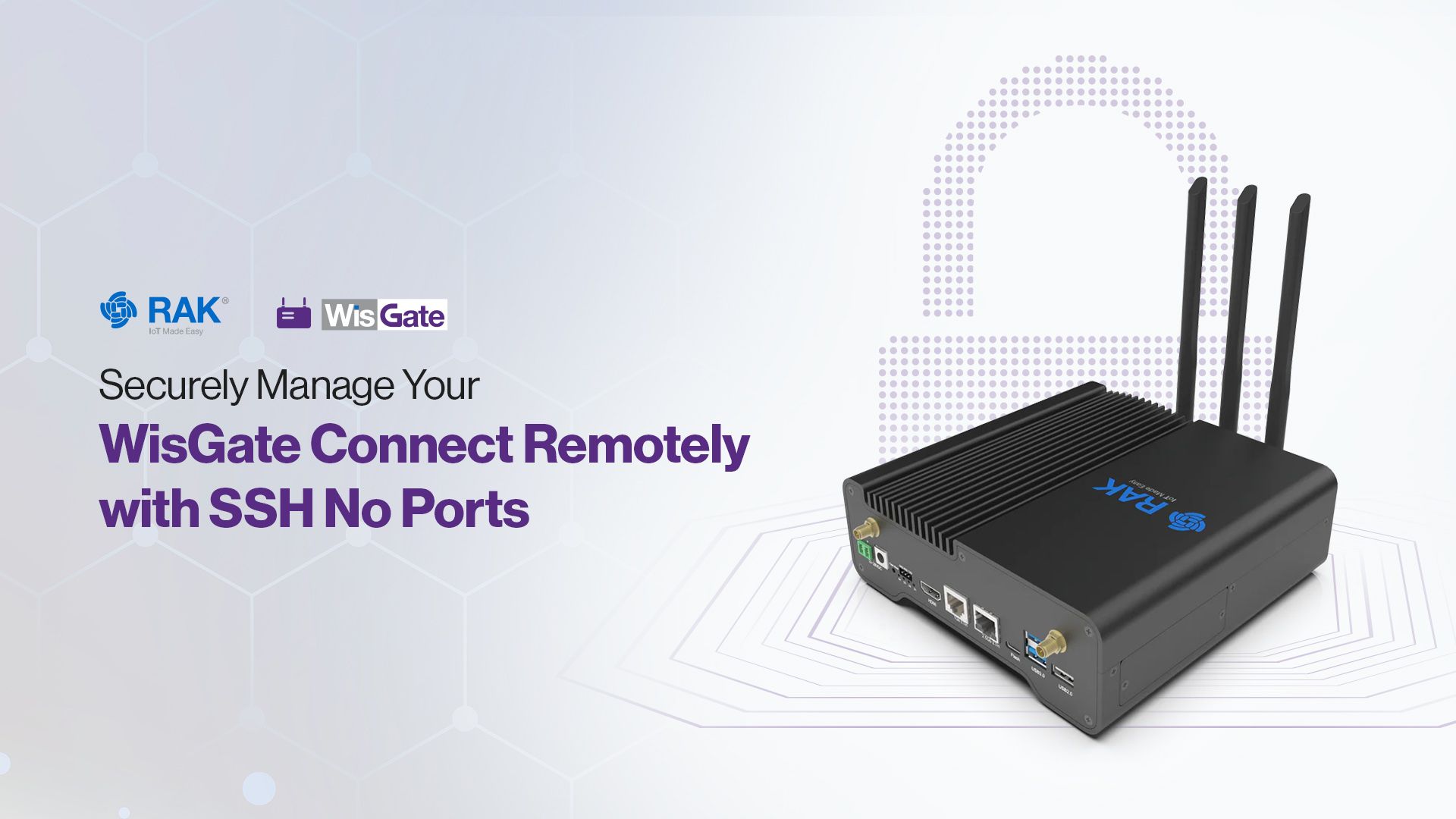Enhancing Security In Peer-to-Peer Networks: A Comprehensive Guide
Peer-to-peer (P2P) networking has transformed how we exchange data, collaborate, and utilize resources online. However, as P2P systems gain traction, security concerns are growing in significance. Ensuring secure connections in P2P networks is vital to safeguard sensitive information and maintain seamless communication among peers. In this article, we will explore the complexities of P2P security, offering practical advice and expert strategies to fortify your network.
As more businesses and individuals embrace P2P technology, the importance of robust security measures cannot be overstated. Without proper protection, P2P networks become susceptible to cyberattacks, data breaches, and unauthorized access. This guide aims to provide an in-depth understanding of the challenges and solutions involved in securing P2P networks.
Whether you're a network administrator, IT professional, or tech-savvy individual, this article will equip you with the knowledge and tools needed to enhance the security of your P2P connections. Let's delve into the world of P2P networking and uncover how to effectively protect your digital assets.
- Discover The Enchanting Charm Of Diesel Vom Burgimwald
- Discover The Remarkable World Of Eugene Levy A Cultural Ambassador Through Comedy
Contents:
- Understanding P2P Networks
- The Importance of Security in P2P Networks
- Identifying Common Security Threats
- Methods for Secure P2P Connections
- Encryption Techniques for P2P Security
- Best Practices for Secure P2P Connections
- Tools and Software for P2P Security
- Regulatory Compliance in P2P Security
- The Future of P2P Security
- Conclusion
Understanding P2P Networks
P2P networks operate through a decentralized structure, allowing direct communication between devices without relying on a central server. This architecture offers numerous advantages, such as increased efficiency, scalability, and resilience. However, the lack of a central authority introduces unique security challenges that must be addressed to ensure the network's integrity and reliability.
Grasping the fundamentals of P2P networking is essential for implementing effective security measures. In this section, we will delve into the architecture, benefits, and potential vulnerabilities of P2P systems.
- Exploring Deaaron Foxs Trade Potential In The Nba
- Exploring The Life And Legacy Of Stevie Wonders Children
How P2P Networks Operate
P2P networks function by enabling devices to communicate directly with one another, sharing resources like files, bandwidth, and processing power. Unlike traditional client-server models, P2P networks distribute tasks and responsibilities among participating nodes, creating a more efficient and fault-tolerant system. This decentralized approach offers several key advantages:
- Reduces dependency on a single point of failure, enhancing fault tolerance.
- Improves resource utilization through collaborative peer interactions.
- Offers scalability to accommodate growing user demands effectively.
The Importance of Security in P2P Networks
Securing P2P networks is critical to protecting sensitive data and maintaining the integrity of the system. Without adequate security measures, P2P networks can become fertile ground for malicious activities, resulting in significant financial and reputational losses.
This section highlights the crucial role of security in P2P networks and underscores the necessity of proactive measures to mitigate risks.
Why Security Is Essential
Data breaches and cyberattacks can jeopardize the confidentiality, integrity, and availability of P2P networks. By prioritizing security, organizations and individuals can achieve the following:
- Protect sensitive information from unauthorized access, ensuring data privacy.
- Ensure compliance with industry regulations and standards, avoiding legal penalties.
- Maintain user trust and confidence in the network, fostering long-term success.
Identifying Common Security Threats
P2P networks face a variety of security threats that can compromise their functionality and reliability. Recognizing these threats is the first step toward devising effective countermeasures.
In this section, we will examine the most prevalent security risks associated with P2P networks, including malware propagation, data interception, and denial-of-service (DoS) attacks.
Malware Propagation
Malicious software can spread rapidly through P2P networks, infecting devices and compromising data. Implementing robust security protocols is essential to prevent the propagation of malware and safeguard the network's integrity.
Methods for Secure P2P Connections
Securing P2P connections requires a comprehensive approach that integrates encryption, authentication, and access control mechanisms. This section outlines the key methods for establishing secure P2P connections and provides practical guidance for implementation.
Authentication Protocols
Authentication ensures that only authorized devices can participate in the P2P network. By verifying the identity of each peer, organizations can minimize the risk of unauthorized access and data breaches, thereby enhancing overall network security.
Encryption Techniques for P2P Security
Encryption is fundamental to securing P2P communications by protecting data from interception and unauthorized access. This section explores the most effective encryption techniques for P2P networks, including symmetric and asymmetric encryption algorithms.
Symmetric vs. Asymmetric Encryption
Symmetric encryption employs a single key for both encryption and decryption, while asymmetric encryption uses a pair of keys (public and private) to secure communications. Both methods have their advantages and limitations, and the choice of encryption technique depends on the specific needs of the P2P network.
Best Practices for Secure P2P Connections
Adopting best practices is essential to enhance the security of P2P networks. This section provides actionable recommendations for securing P2P connections, including regular software updates, network monitoring, and user education.
Regular Software Updates
Maintaining up-to-date software is crucial for patching vulnerabilities and protecting against emerging threats. Encouraging users to install updates promptly ensures the highest level of security for their P2P connections, reducing the risk of exploitation.
Tools and Software for P2P Security
A variety of tools and software solutions are available to enhance the security of P2P networks. This section reviews some of the most effective tools for P2P security, including firewalls, intrusion detection systems, and antivirus software.
Firewall Solutions
Firewalls serve as a protective barrier between the P2P network and external threats by filtering incoming and outgoing traffic to prevent unauthorized access. Deploying a robust firewall solution is essential for safeguarding P2P connections and maintaining network security.
Regulatory Compliance in P2P Security
P2P networks must adhere to relevant regulations and standards to ensure the protection of sensitive data. This section discusses the importance of regulatory compliance in P2P security and highlights key regulations that impact P2P networks.
GDPR and P2P Networks
The General Data Protection Regulation (GDPR) imposes stringent requirements on the handling of personal data, including data transmitted through P2P networks. Organizations must ensure compliance with GDPR to avoid penalties and safeguard user privacy, reinforcing trust in the network.
The Future of P2P Security
As technology continues to evolve, so do the security challenges facing P2P networks. This section explores emerging trends and innovations in P2P security, offering insights into the future of secure P2P connections.
Blockchain and P2P Security
Blockchain technology holds the potential to revolutionize P2P security by providing a decentralized, tamper-proof ledger for verifying transactions and securing communications. As blockchain adoption grows, its impact on P2P security is expected to increase significantly, offering new possibilities for enhanced protection.
Conclusion
Securing P2P networks is essential to protect sensitive data and ensure the reliability of peer-to-peer communications. By implementing robust security measures, organizations and individuals can mitigate risks and strengthen the security of their P2P connections.
We encourage readers to take action by adopting the best practices outlined in this article and exploring the tools and technologies available for P2P security. Share your thoughts or ask questions in the comments below, and don't forget to explore other articles on our site for additional insights into cybersecurity and technology.
- Waylon Jennings The Outlaw Who Redefined Country Music
- Discovering The Enchanting World Of Heather Thomas Her Journey And Impact

Securely Connect Remoteiot P2p Ssh

Securely Connect Remoteiot P2p Ssh

Securely Connect Remoteiot P2p Ssh